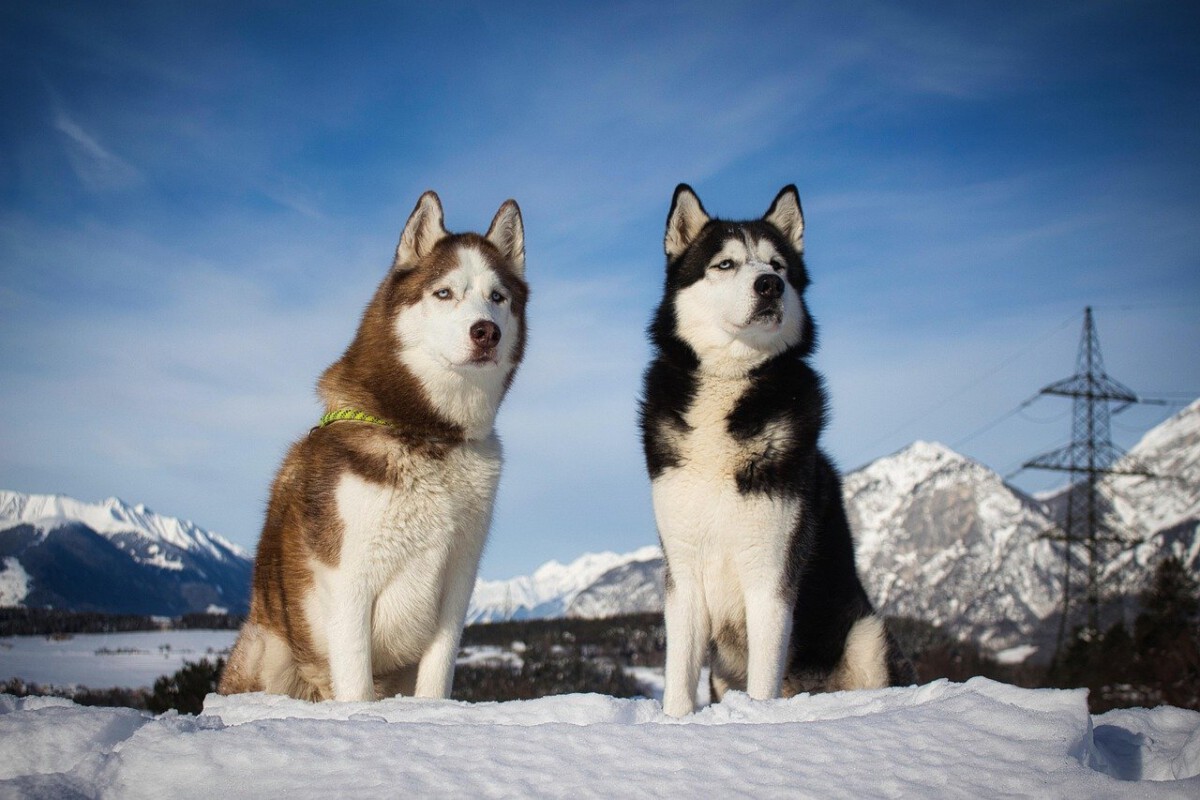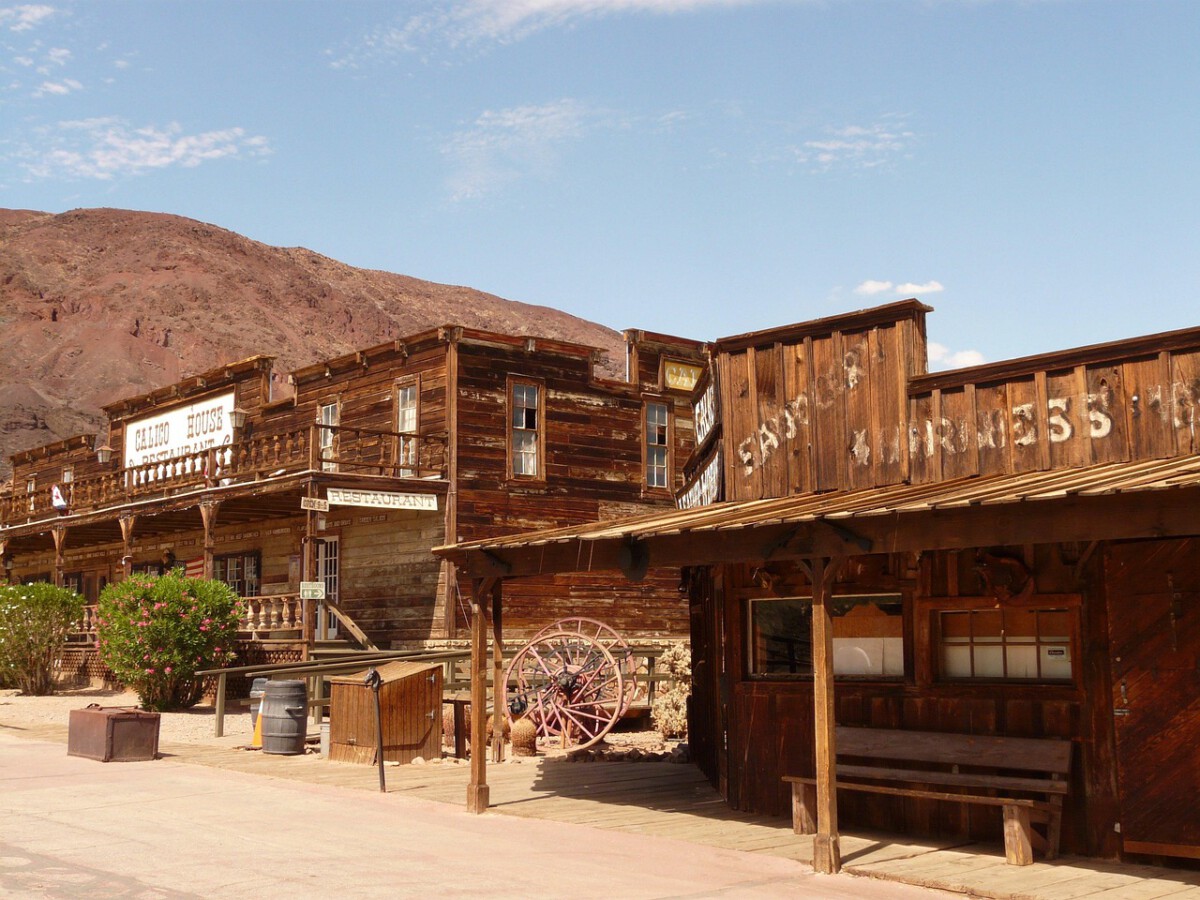Kuwait: The Scorching Desert Heat

Kuwait has recently cemented its reputation as one of the most blisteringly hot places on the planet. In July 2023, the city of Jahra shocked meteorologists by reaching 53.2°C (127.8°F), a temperature that sits among the highest ever officially recorded worldwide. Data from the Kuwait Meteorological Department shows that average summertime highs have climbed by 1.5°C over the last decade, a trend linked directly to climate change and rapid urbanization. This relentless heat isn’t just uncomfortable—it’s dangerous. Hospitals in Kuwait report a significant uptick in heatstroke and dehydration cases every summer, and outdoor work is heavily restricted during peak hours. The government has responded with aggressive public awareness campaigns and emergency heat advisories, aiming to keep people indoors and hydrated. Meanwhile, the economic impact is tangible; construction and farming sectors are especially hard hit, facing frequent delays and mounting costs due to unsafe working conditions. Despite investment in cooling infrastructure, Kuwait’s residents are forced to adapt to a reality where spending time outdoors during summer can be life-threatening.
Iraq: Battling the Rising Heat

Iraq, particularly in its southern cities, is enduring heat waves of historic proportions. In 2023, Basra sweltered under a searing 52°C (125.6°F), pushing the limits of human endurance. The Iraqi Meteorological Organization has tracked a worrying rise in average temperatures, up roughly 2°C per decade, which is among the fastest increases in the region. This rapid warming intensifies water scarcity, as rivers and reservoirs dry up faster than ever before, threatening both agriculture and basic daily needs. Hospitals in cities like Baghdad and Basra are strained during the summer months, reporting record admissions for heat exhaustion and related illnesses. Electricity demand skyrockets as millions crank up air conditioners, leading to frequent power outages and protests over insufficient supply. The government, while launching new water management and energy efficiency projects, struggles to keep pace with the scale of the crisis amidst ongoing political and economic turmoil. For everyday Iraqis, the rising heat is not just a seasonal annoyance—it’s a deepening threat to health, livelihoods, and stability.
Iran: The Sweltering Climate

Southern Iran, and especially the city of Ahvaz, has faced relentless and record-breaking heat in recent years. In 2024, Ahvaz saw the mercury climb to 54°C (129.2°F), one of the highest temperatures ever logged on Earth. The Iranian Meteorological Organization has pointed to a combination of broad climate change and local factors, like the urban heat island effect, as culprits for these temperature spikes. The result is a surge in energy demand; power grids are increasingly strained as residents rely on air conditioning to survive the hottest months. The agricultural sector is also suffering, with extended droughts and disappearing water sources leading to lower crop yields and rising food prices. The government has responded with new policies promoting water-efficient irrigation and sustainable farming, but experts caution that these efforts may not be enough if temperatures continue to climb. In addition to direct health threats, the heat is fueling a cycle of energy shortages and economic stress, testing the resilience of communities across the country.
United Arab Emirates: The Humid Heat

The United Arab Emirates is renowned for its futuristic skylines, but its climate is anything but comfortable. In July 2023, Dubai recorded an air temperature of 48°C (118.4°F), but with humidity near 90%, the heat index soared to a stifling 60°C (140°F). This combination of blazing heat and oppressive humidity is particularly dangerous because it impedes the body’s ability to cool itself through sweating. The country’s rapid urban growth has intensified the urban heat island effect, making cities even hotter than their desert surroundings. To combat the heat, the UAE has invested billions in air conditioning, shaded walkways, and public cooling centers, but this response is energy-intensive and raises concerns about long-term sustainability. Tourism, a mainstay of the UAE’s economy, takes a hit during the hottest months as visitors stay away, and even local residents tend to avoid outdoor activities. Despite technological advances, the reality remains that the UAE’s summer weather is not just uncomfortable—it’s potentially deadly for those caught unprepared.
Saudi Arabia: The Desert’s Fury

Saudi Arabia’s reputation for extreme desert heat is well-earned, especially after Al Ahsa recorded a searing 53.7°C (128.7°F) in 2023. According to the Saudi Meteorological Authority, the country is on track to see average summer highs rise another 2–3°C by 2050 if current trends continue. These escalating temperatures are a direct threat to Saudi Arabia’s already limited water resources, as evaporation rates outpace replenishment and groundwater levels drop. The government has launched ambitious water conservation and management projects, but the effectiveness of these efforts is still being evaluated. Meanwhile, the health risks are growing: hospitals across the kingdom are seeing more cases of heatstroke, dehydration, and other heat-related ailments. The construction industry, a key component of Saudi Arabia’s Vision 2030 economic plan, increasingly relies on nighttime work shifts to avoid the deadly midday heat. For many, Saudi summers are becoming a test of endurance, where staying safe often means staying indoors.
Oman: The Humid Desert Climate

Oman faces a dual threat of intense heat and stifling humidity, particularly in its interior and coastal cities. In 2024, Salalah endured a punishing 49°C (120.2°F), with humidity levels that pushed the heat index even higher. The Oman Meteorological Department has documented a steady increase in average summer temperatures over the past decades, warning that more extreme heat events are likely in the future. Agriculture, a critical sector for Oman’s rural economy, is under pressure from water scarcity and reduced rainfall, forcing the government to invest in new irrigation systems and drought-resistant crops. Public health officials are also adapting, as hospitals report spikes in heat-related illnesses every summer. The government’s response includes public advisories, shade structures, and incentives for sustainable farming, but the challenge is growing. For Omanis, the combination of high heat and humidity means summer is a season to endure rather than enjoy.
Canada: The Frigid North

Canada’s winters are legendary for their ferocity, and recent years have only reinforced this reputation. In February 2024, Winnipeg suffered through a low of -37°C (-34.6°F), with wind chills plunging even further. These bitter cold snaps bring serious challenges: frostbite can occur in minutes, and heating costs soar, straining family budgets, especially for low-income Canadians. The federal government has ramped up assistance programs to help vulnerable households, but demand often outpaces supply during the coldest spells. Farmers face shortened growing seasons and increased risk of crop failure, as unpredictable weather patterns disrupt traditional planting and harvesting cycles. Infrastructure, from highways to electrical grids, is tested by freezing temperatures, leading to costly repairs and service interruptions. Climate change isn’t making things simpler; while some regions see milder spells, others experience more frequent and intense cold snaps, complicating long-term planning for communities and businesses alike.
Russia: The Siberian Freeze

Siberia stands as one of the coldest inhabited regions on Earth, and recent winters have only reinforced this icy legacy. In January 2024, Yakutsk—often called the coldest city on Earth—shivered at -45°C (-49°F). Life in this deep freeze requires extraordinary adaptations: homes and roads are built with special materials to withstand permafrost, and public transport operates under strict protocols for cold safety. The Russian government has invested heavily in heating and insulation, but the sheer scale of the Siberian wilderness means many communities still struggle with basic infrastructure. The agricultural season is very short, with frost risks lasting well into spring and returning early in autumn, limiting crop choices and yields. As global temperatures rise, Siberia faces new threats: thawing permafrost is destabilizing buildings and releasing methane, a potent greenhouse gas, threatening both local communities and the global climate. For Siberians, the freeze is a daily reality that shapes every aspect of life.
Greenland: The Icy Expanse

Greenland is defined by its vast, frozen landscape and bone-chilling cold. In February 2024, residents of Nuuk braved temperatures of -32°C (-25.6°F), and much of the island was even colder. The extreme cold makes daily life a challenge—fresh food is scarce outside of imported goods, and heating costs can devour household incomes. The Greenlandic government has put in place programs to help support vulnerable communities, but the logistical challenges of delivering aid across such a vast and remote territory are immense. Climate change is having a paradoxical effect: while average temperatures are creeping upward, the island is experiencing more erratic and sometimes extreme cold events. Melting ice sheets are altering local ecosystems, affecting fishing and hunting, which remain vital for many Greenlanders. Surviving in Greenland’s climate requires resilience, ingenuity, and a strong sense of community, as residents adapt to one of the planet’s most unforgiving environments.







